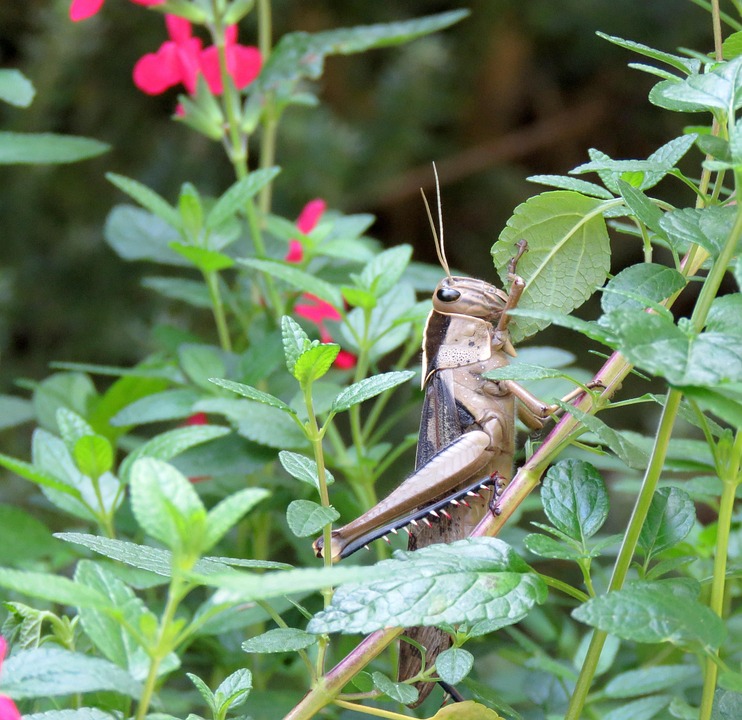Rooted in Success: The Importance of Plant Health Monitoring
Plants are essential for sustaining life on Earth. They provide us with oxygen, food, medicine, and resources for countless products. It is crucial to ensure the health and vitality of plants for the well-being of ecosystems and humanity. Plant health monitoring is a key practice in agriculture, horticulture, forestry, and environmental conservation. By regularly monitoring the health of plants, we can detect early signs of stress, disease, pests, and other issues that may impact their growth and productivity.
The Benefits of Plant Health Monitoring
There are numerous benefits to monitoring the health of plants. By regularly assessing the condition of plants, we can identify potential problems before they become severe. This proactive approach allows for timely interventions to prevent the spread of diseases, minimize crop losses, and maintain the overall health of plant populations. Plant health monitoring also helps to optimize resource use, such as water, nutrients, and pesticides, by ensuring that they are applied in the right amounts at the right time.
Early Detection of Issues
One of the primary advantages of plant health monitoring is the early detection of issues. By regularly inspecting plants for signs of stress, disease, or pests, we can take swift action to address the problem before it escalates. This can help to prevent widespread damage to crops and landscapes, saving time and money in the long run.
Improved Crop Yields
Monitoring the health of plants can lead to improved crop yields. By identifying and addressing issues that may be limiting growth and productivity, farmers and gardeners can optimize their practices to ensure healthy and abundant harvests. This can have a significant impact on food security and economic prosperity.
Methods of Plant Health Monitoring
There are various methods of plant health monitoring, ranging from visual inspections to advanced technologies. Some common techniques include:
Visual Inspections
Visual inspections involve observing plants for signs of stress, discoloration, wilting, deformities, and other abnormalities. This hands-on approach can provide valuable insights into the health of plants and help to detect issues early on.
Biological Monitoring
Biological monitoring involves the use of beneficial insects, fungi, and other organisms to control pests and diseases naturally. This eco-friendly approach can help to maintain a healthy balance in ecosystems and reduce the need for chemical interventions.
Remote Sensing
Remote sensing technologies, such as drones and satellite imagery, can provide valuable data on plant health at a large scale. These tools can detect subtle changes in plant physiology, such as water stress, nutrient deficiencies, and disease outbreaks, allowing for targeted interventions.
Common Questions About Plant Health Monitoring
Here are some common questions about plant health monitoring:
Why is plant health monitoring important?
Plant health monitoring is important for maintaining the vitality of plants, preventing the spread of diseases, optimizing resource use, and maximizing crop yields.
How often should plants be monitored?
Plants should be monitored regularly, ideally on a weekly or bi-weekly basis, depending on the type of plants and growing conditions.
What are the signs of plant stress?
Signs of plant stress include wilting, discoloration, leaf drop, stunted growth, and reduced fruit or flower production.
How can I improve plant health?
To improve plant health, ensure proper watering, fertilization, pest control, and maintenance practices. Regular monitoring and timely interventions are also crucial.
Conclusion
Plant health monitoring is a vital practice for ensuring the well-being of plants and ecosystems. By regularly assessing the health of plants and taking proactive measures to address issues, we can promote healthy growth, optimize yields, and sustainably manage our natural resources. Investing in plant health monitoring is key to long-term success in agriculture, horticulture, forestry, and environmental conservation.
Remember, healthy plants are the foundation of a thriving planet.


















































